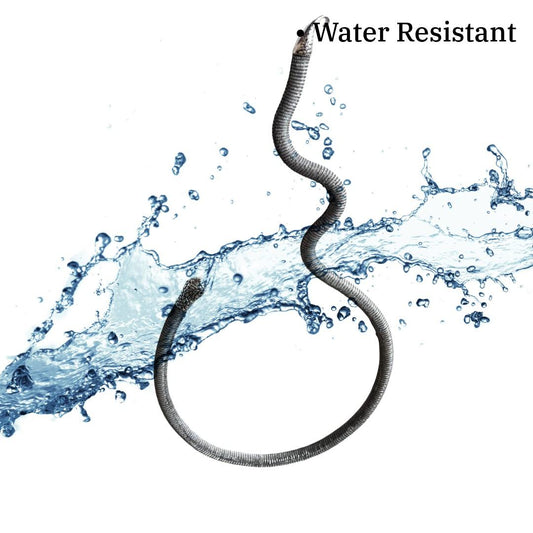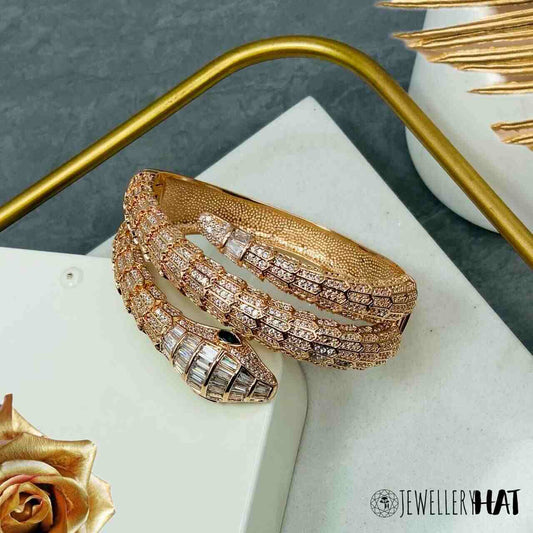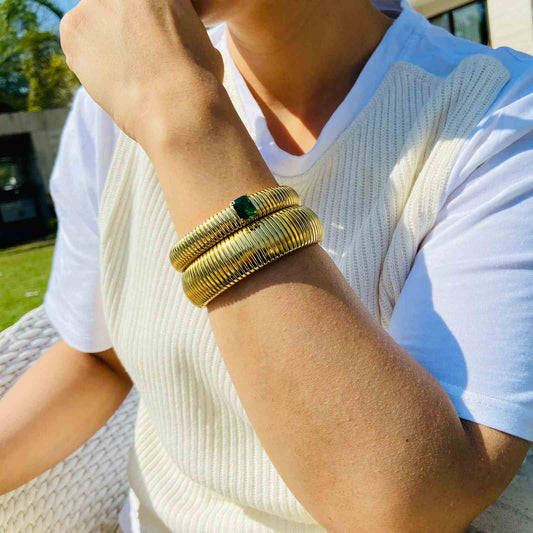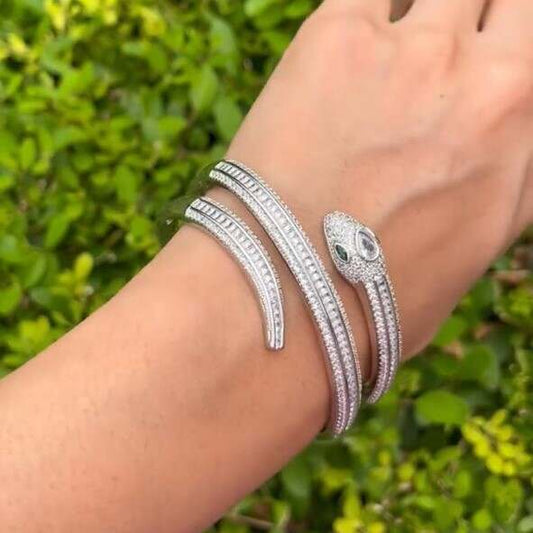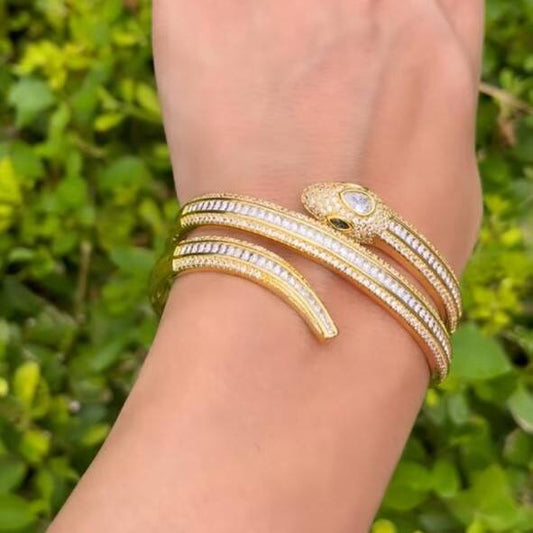Modernism is a transformative movement that reshaped art, culture, and design throughout the 20th century. Understanding what are the 5 stages of modernism can provide deeper insights into how contemporary aesthetics have evolved, especially in the realm of jewellery. At Jewellery Hat, the fastest-growing fashion jewellery brand in India, we celebrate this evolution with our extensive collection of earrings, necklaces, bracelets, and rings, all crafted from high-quality stainless steel that is anti-tarnish. With a lifetime replacement warranty on polishing, our pieces are designed to last, just like the principles of modernism.
Introduction to Modernism
Before diving into what are the 5 stages of modernism, it’s essential to grasp the essence of modernism itself. This movement arose in response to the rapid changes brought about by industrialization, urbanization, and technological advancement in the late 19th and early 20th centuries. It challenged traditional forms and aesthetics, promoting innovation and experimentation.
Key Characteristics of Modernism
- Break from Tradition: Modernism sought to break free from past conventions and embrace new ways of thinking and creating.
- Emphasis on Form and Function: There was a strong focus on the relationship between form and function, often leading to minimalist designs.
- Exploration of New Materials: Modernists experimented with new materials and techniques, paving the way for a broader understanding of design.
Understanding these characteristics lays the groundwork for exploring the stages of modernism.
The 5 Stages of Modernism
1. The Emergence of Modernism (Late 19th Century)
The first stage of modernism is marked by the emergence of new ideas and movements that challenged the status quo. This period was characterized by:
- Impressionism and Post-Impressionism: Artists like Claude Monet and Vincent van Gogh began experimenting with light, color, and perception, influencing modern artistic expression.
- Architectural Innovations: The rise of steel and glass construction techniques led to iconic structures like the Eiffel Tower, embodying the modern spirit.
- Early 20th-Century Designs: The Arts and Crafts movement, alongside Art Nouveau, emphasized craftsmanship and the beauty of natural forms, setting the stage for modern design principles.
At Jewellery Hat, our collection reflects the influence of these early movements. Our designs draw inspiration from the organic shapes of nature, combined with modern materials like stainless steel, ensuring durability and style.
2. The Age of Functionalism (1920s-1930s)
As modernism gained traction, the 1920s and 1930s saw the rise of functionalism, a key stage characterized by:
- Bauhaus Influence: Founded by Walter Gropius, the Bauhaus school combined crafts and fine arts, promoting the idea that form should follow function. This philosophy significantly impacted architecture, furniture design, and industrial products.
- Minimalist Aesthetic: The focus shifted towards simplicity, leading to designs that were stripped of unnecessary ornamentation. This minimalist approach can be seen in contemporary jewellery as well.
- Streamlined Forms: The use of geometric shapes and clean lines became prevalent, emphasizing practicality and ease of use.
Our modern jewellery at Jewellery Hat embodies this functionalist stage with pieces that are not only beautiful but also practical for everyday wear. Our earrings and bracelets feature sleek designs that can complement various outfits, aligning with the functionalist ethos.
3. The Post-War Era and Abstract Expressionism (1940s-1950s)
Following World War II, the third stage of modernism saw a shift towards abstract expressionism, characterized by:
- Artistic Freedom: Artists began exploring abstraction and individuality, with figures like Jackson Pollock and Mark Rothko leading the charge. This era encouraged personal expression and emotional resonance in art.
- Design Diversification: The post-war period witnessed a boom in consumer culture, leading to a diversification of styles in fashion and design. This change encouraged experimentation in materials and aesthetics.
- Influence on Jewellery: This stage saw jewellery becoming a form of personal expression. Designs began to reflect individual identities and emotions rather than adhering strictly to functionalism.
At Jewellery Hat, we embrace this stage by offering a wide variety of designs that allow individuals to express their unique style. From bold statement pieces to delicate minimalist options, our jewellery caters to diverse tastes, reflecting the rich tapestry of modernism's influence.
4. The Rise of Conceptualism (1960s-1970s)
The 1960s and 1970s marked a significant turning point in modernism, introducing conceptualism as a prominent movement:
- Art as Concept: This stage emphasized the idea behind the artwork rather than its aesthetic qualities. Artists like Marcel Duchamp challenged traditional notions of art, often incorporating everyday objects into their works.
- Sociopolitical Commentary: Many artists and designers began using their work to comment on social and political issues, reflecting the turbulent climate of the time.
- Innovative Use of Materials: Conceptual artists experimented with unconventional materials, leading to new possibilities in design and craftsmanship.
This stage resonates with our philosophy at Jewellery Hat, where we view each piece as not just a decorative item but also a reflection of individuality and self-expression. Our stainless steel jewellery is designed to inspire, allowing wearers to make a statement about who they are.
5. Postmodernism and Beyond (1980s-Present)
The final stage of modernism, postmodernism, emerged in the late 20th century and continues to influence contemporary design:
- Eclecticism: Postmodernism embraces a mix of styles and influences, rejecting the rigid constraints of earlier movements. This eclectic approach allows for greater creativity and experimentation in art and design.
- Cultural Commentary: Many postmodern works critique modernism and explore issues of identity, consumerism, and globalization. Designers often draw from various cultural references, creating unique and diverse products.
- Fusion of High and Low: The boundaries between high art and popular culture have blurred, allowing for greater accessibility and diversity in artistic expression.
At Jewellery Hat, we celebrate this fusion by offering collections that reflect a blend of influences and styles. Our jewellery is designed to cater to a wide audience, embodying the spirit of inclusivity and diversity that defines postmodernism.
Modernism in Contemporary Jewellery Design
Understanding what are the 5 stages of modernism provides valuable context for contemporary jewellery design. Modernism’s evolution has significantly influenced the materials, forms, and concepts behind modern jewellery.
1. Material Innovation
Modernism has encouraged the use of innovative materials in jewellery design. At Jewellery Hat, our commitment to high-quality stainless steel reflects this principle, offering anti-tarnish properties that ensure durability and longevity.
2. Simplicity and Functionality
The minimalist aesthetic rooted in modernism remains prevalent today. Our jewellery designs feature clean lines and functional elements, making them suitable for various occasions, from casual outings to formal events.
3. Personal Expression
Modern jewellery is often seen as a reflection of personal identity. At Jewellery Hat, we offer a diverse range of styles, allowing individuals to choose pieces that resonate with their unique personalities and tastes.
4. Cultural References
Postmodernism’s embrace of eclecticism has led to a resurgence of cultural references in jewellery design. Our collections at Jewellery Hat draw inspiration from various sources, celebrating diversity and creativity.
Conclusion
The journey through the 5 stages of modernism reveals how this transformative movement has shaped art, design, and jewellery. From the emergence of modernism in the late 19th century to the eclecticism of postmodernism today, each stage has contributed to a rich tapestry of creativity and innovation.
At Jewellery Hat, we are proud to embody the spirit of modernism in our extensive collection of earrings, necklaces, bracelets, and rings. Crafted from high-quality stainless steel, our jewellery is not only anti-tarnish but also comes with a lifetime replacement warranty on polishing, ensuring that your pieces remain beautiful and timeless.
As you explore the world of modern jewellery, remember that it is not just about adornment; it is an expression of individuality, creativity, and style. Embrace the principles of modernism with Jewellery Hat and discover pieces that resonate with your unique journey.
Contact Us :-













